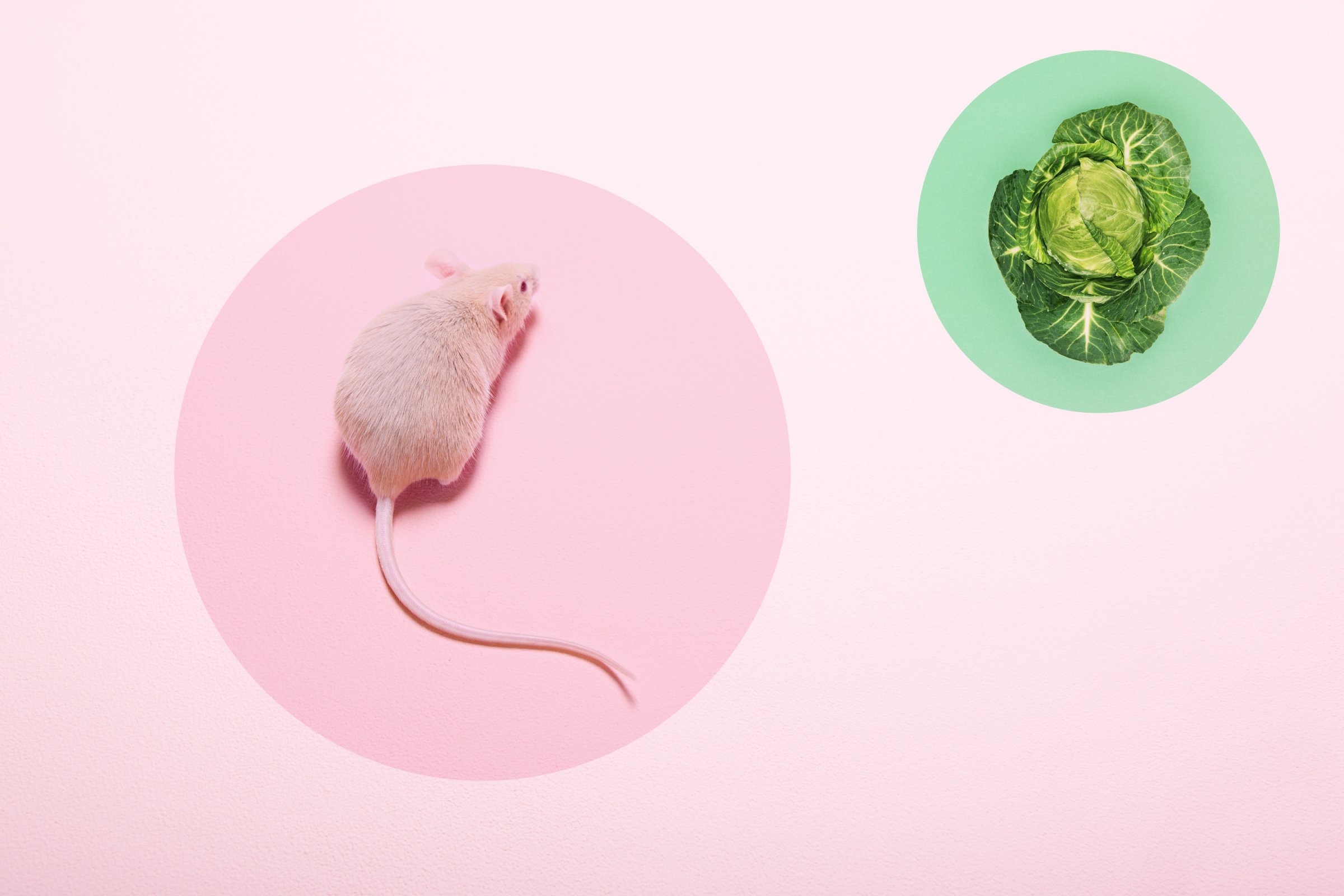
For every salad passed over for a chicken nugget, the trillions of bacteria living in your gut go a little more ignored. It’s already clear that forgoing fiber—that humble nutrient associated with chalky supplements and bowel movements—can result in short-term changes in the makeup of bacteria in the intestinal tract. But according to several new studies, a low-fiber diet may also have long-term consequences for a person’s future health, from her cancer risk to her chances of developing type-2 diabetes.
In a study published Monday in the journal Pediatrics, researchers at Harvard T.H. Chan School of Public Health found that women who eat more high-fiber foods when they’re young may have a lower risk for breast cancer than those who eat less fiber.
The researchers looked at a 20 years’ worth of information from more than 44,000 women. The women had filled out dietary questionnaires when they were younger, in their late 20s to early 40s, and did so every four years after that. These women were also asked to recall what their diet was like during high school.
Women who ate a lot of fiber during adolescence had a 24% reduced risk of developing breast cancer before menopause, compared to women who had eaten a low quantity of fiber. For every extra 10 grams of fiber the women ate every day, their breast cancer risk declined by 13%. And the effect was particularly strong for those who ate more fruits and vegetables.
This study wasn’t designed to determine cause and effect. But in a commentary about the study, separate authors also published in Pediatrics say that the study adds to growing evidence that dietary fiber can reduce a person’s estrogen levels by escorting estrogen out of the body through the GI tract and by changing gut bacteria.
Fiber, which is in short supply in a typical Western diet full of processed foods, is basically food for gut microbes. Gut bacteria matter because they help determine what our bodies extract from what we eat, and research is mounting that they impact many parts of health, including immunity. Bacteria feed on fiber and make short-chain fatty acids, which get absorbed into the bloodstream and tamp down inflammation in the body. But when there isn’t enough fibrous food for those bugs, a host of things can go wrong.
To see how wrong—or at least in which ways—Justin Sonnenburg, associate professor in the department of microbiology and immunology at Stanford University School of Medicine, designed a novel experiment in a recent mice study published in Nature. It found that a low-fiber diet may also have consequences for future generations of mice.
He and his colleagues wanted to see what happened to colonies of gut bacteria in mice when they were starved of dietary fiber. So they took a group of germ-free mice—sterile mice that have been raised in isolation in a lab—and put human microbiota inside of them. “You end up with a fairly faithful reconstitution of the human microbiota within these mice,” says Sonnenburg.
At first, all of the mice ate a high-fiber diet, rich in plant materials. As expected, the researchers saw diverse bacterial colonies in those mice. When they took another group of mice and deprived them of fiber for a few months, they saw a major crash in their bacterial diversity.
Something unexpected happened when they fed those fiber-deprived mice a fibrous diet again after a few weeks. “Many of the species that we couldn’t detect, that looked like they were gone, bloomed again,” Sonnenburg says. The researchers thought they would see a more drastic loss. “It speaks to the resilience of the microbiota, the fact that we have this set of microbes that can bounce back from a lot of things.”

But after the mice were bred for several generations, a low-fiber diet was too great an assault for some bacteria types to bounce back from. Even when the researchers switched the newest generation of mice to a diet that was very high in fiber, it didn’t help. The bacterial species didn’t rebound to levels seen in the control mice.
When diet alone didn’t work, the researchers wondered if they could reinstate the extinct species through another route. In a final experiment, the researchers took stool samples from the fourth generation mice fed a high-fiber diet and transplanted their poop into to the fiber-deprived fourth generation mice. “Fairly immediately, within three days, virtually all of the diversity came back in the fecal transplant group,” Sonnenburg says. By reintroducing the missing microbes, the mice were once again able to gain access to the fiber they were eating. “It’s a magic combination of microbes by diet that enables the ecosystem to reconstitute,” he says.
More research is needed to determine whether these missing microbes are important to our health—though Sonnenburg suspects that they are. It’s a long way off, but a high-fiber diet, plus a dose of long-extinct microbes, might one day be a way to optimize our gut bugs.
More Must-Reads From TIME
- The 100 Most Influential People of 2024
- How Far Trump Would Go
- Scenes From Pro-Palestinian Encampments Across U.S. Universities
- Saving Seconds Is Better Than Hours
- Why Your Breakfast Should Start with a Vegetable
- 6 Compliments That Land Every Time
- Welcome to the Golden Age of Ryan Gosling
- Want Weekly Recs on What to Watch, Read, and More? Sign Up for Worth Your Time
Write to Mandy Oaklander at mandy.oaklander@time.com